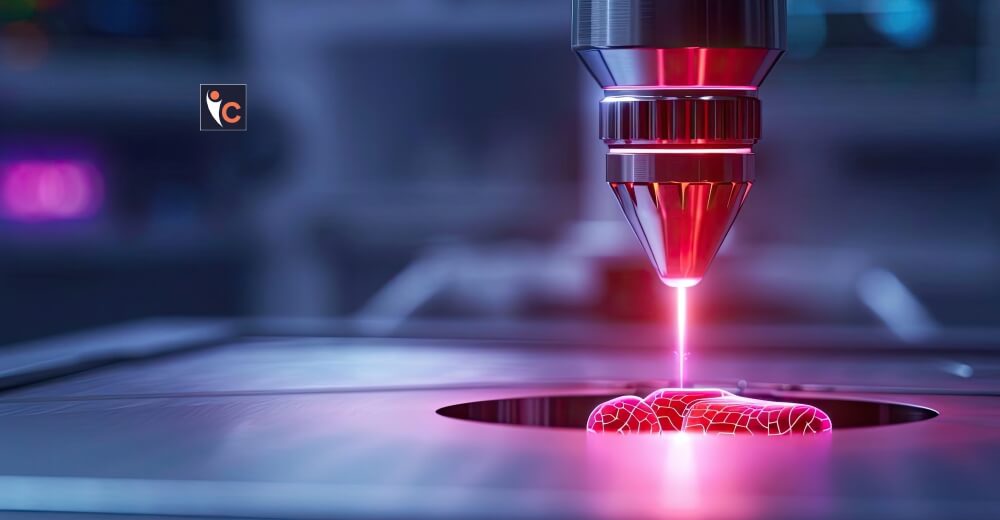Emerging Trends in Robotic Surgery
Surgery is a high-stakes game in healthcare, where the line between life and death can be razor-thin. The field has witnessed a drastic change from traditional surgical procedures which were painful, took time to recover and had potential complications to Minimally invasive surgery (MIS) which has revolutionized the field offering significant advantages. With advancements in technology, robotic surgery has emerged as a key player in this niche, further optimizing the precision, control and outcomes of these procedures.
This article explores the current trends, emerging technologies, and implications of minimally invasive surgery, with a particular focus on robotic-assisted interventions.
Trends in Laparoscopic Surgery
Indeed, minimally invasive surgery has been a revolutionary advancement in the health practice as evidenced by the laparoscopic surgery. The conventional equipment of surgical operation, Laparoscopy which involves making minor cuts on the body and inserting a camera to guide the surgical instruments, has been the fundamental diagnostic tool on which other techniques have evolved. Today these advancements have been taken to their next evolutionary level with Robotic assisted surgery, which offers surgeons the most precise control possible.
Robotic Surgery: Improving the Accuracy and Staying of the Modifications
Robotic surgery what is represented by the Da Vinci Surgical System can be viewed as a new level in the development of minimally invasive surgery. These systems enable the surgeons to operate on particular areas provided he/she has four arms with improved flexibility and depth perception of the operating field. The arms are robotic and come under the control of the surgeon: they are able to mimic the movements of human hands and those movements can be even more controlled to manipulate the instruments. This capability is especially rewarding in the operations which require a great level of precision in order to prevent harm to the surrounding tissues.
Robotic surgery is acclaimed for one of the strengths that is the least invasive and hence less traumatic surgery. Minimally invasive surgeries means fewer pains felt in the body after surgery and less time taken to recover thus it is favorable for the both the patients and the doctors. Besides, robotic systems also provide the surgeon with a better view and control which help the surgeon minimize on the rate of complications that arise from surgery and in the long-run help the patient to have a better satisfaction with the whole process of surgery.
Implications for Healthcare Delivery
The general trend towards using more and more sparing invasions presents a number of significant implications for the general provision of care. The application of these techniques increases as the facility of traditional surgical ward may decline in the future hence the changing resource allocation of the hospitals. Some of the challenges that might be realized include the fact that surgeons will have to be trained on modern day technologies as well as in techniques in outpatient care and community based nursing. There might be also a potential decrease in the healthcare cost since people who have been hospitalised could be discharged early than before and recover fast.
Furthermore the use of processes such as minimally invasive therapy will enhance the conditions and satisfaction of patients making the quality of care to be high.
Conclusion
The field of minimally invasive surgery, especially robotic-assisted procedures, is poised for exciting developments. Advances in technology promise to boost surgical precision while leading to better experiences and outcomes for patients. We’re seeing a growing synergy between robotics, cutting-edge imaging, and novel surgical approaches. This convergence is raising the bar for surgical care, putting minimally invasive techniques front and center. Looking forward, it’s evident that the ongoing refinement of these technologies will be a game-changer for healthcare delivery.










